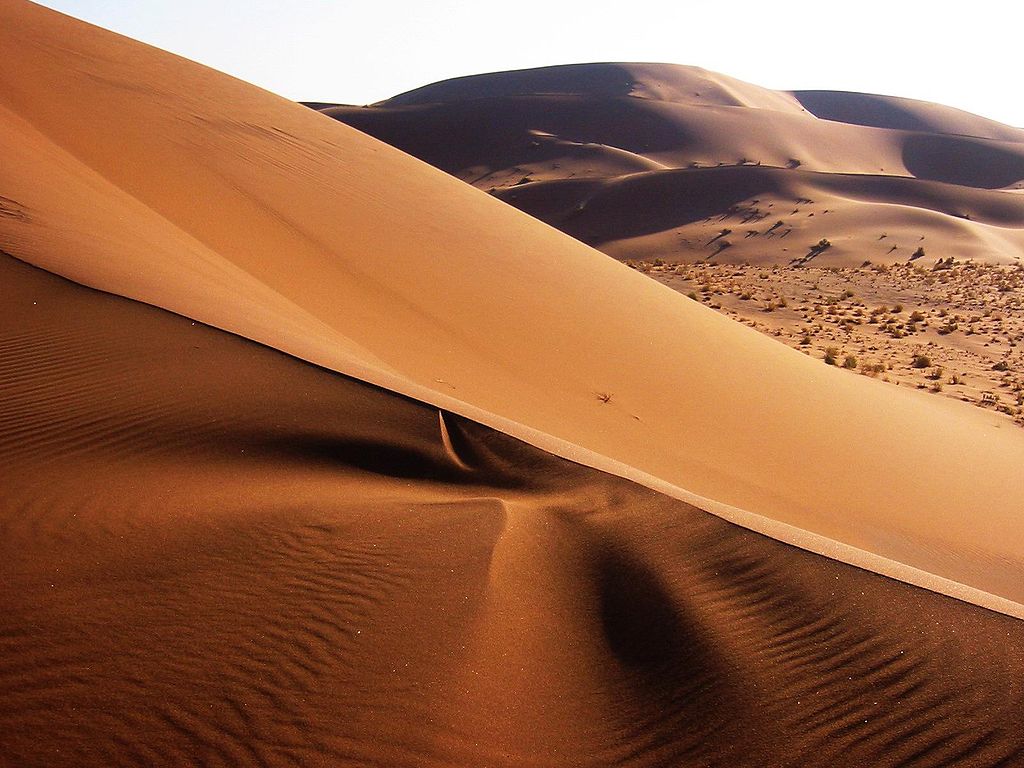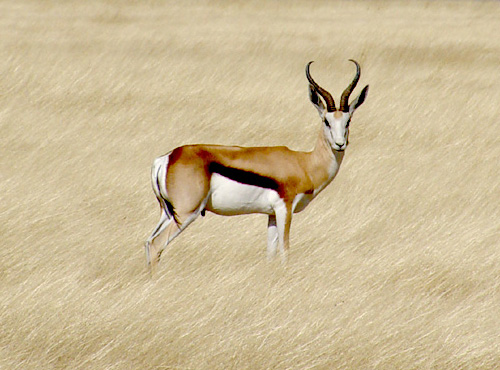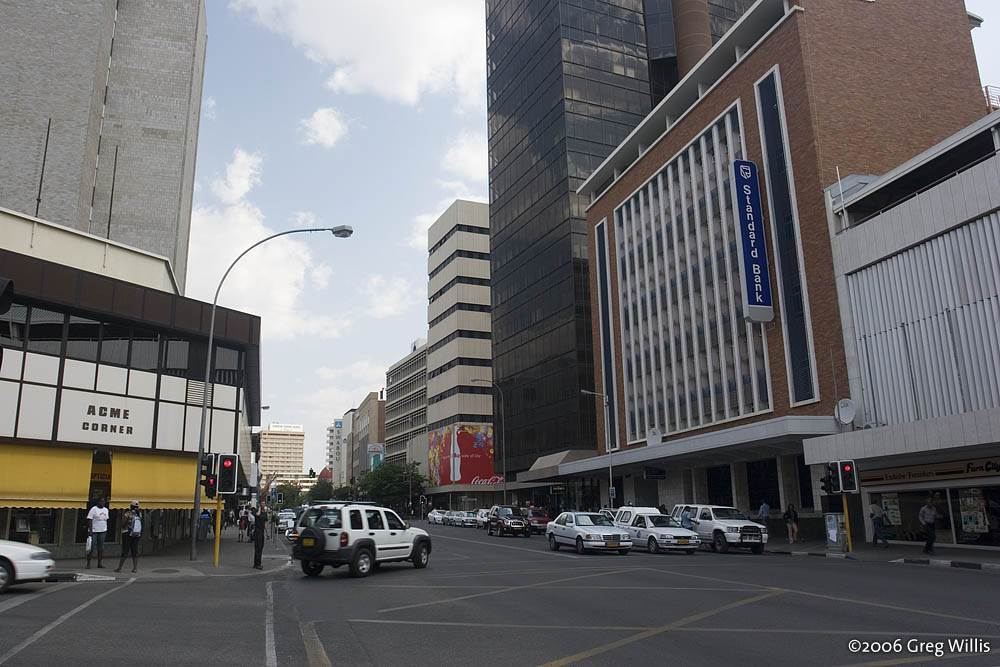Namibia and its Resources

The Geography of Namibia may be described in to some specific geographical regions. These are the Central Plateau, the Namib Desert, the Great Escarpment, the Bushveld and the Kalahari desert. The Central Plateau is spread over from north to south. The national capital Windhoek is located in this region. The Skeleton Coast is located to the north west of the Central Plateau. The Namib Desert is located to the south west of Namibia. The coastal plain is in the western part of Namibia. The Kalahari Desert is located to the eastern part and extends to Botswana and South Africa. The Namib Desert and the Kalahari Desert get little rain fall. These Deserts are arid to semi arid locations with sand dunes and rugged plains. Vegetation is scanty and thorny in these localities. The Great Escarpment is the land that ises above 2000 meters above the mean sea level. The land scape is believed to be formed by tectonic activities in the early part of earth formation. This part is rocky with little developed soil. The rain fall is scanty with shrub and acacia species as vegetation cover. The Bushveld region is located along the Angolan border in the north eastern part part of Namibia. It is a narrow region with access to the river Zambezi. It receives good rain fall and vegetation cover is significant in this area. The Etosha Pan is located closer to the Bushveld region. This region is home to varieties of plants, animals and birds


Isolated mountains are found in Namibia. These are Brandberg, Gamsberg, Erongo, Karas, Eros and Brukharos. The Orange river flows in the southern region. The Kavango, Kwando and Zambezi river flow in the northern part of the country. The Fish river canyon is located in the southern part of Namibia. It is 161 km long and average depth is 550 meters. It is surrounded by cliffs and high plateaus. The sight of the Fish river canyon is magnificent and overwhelming. The country has three type of climatic regions as arid, semi- arid and sub tropical climate. The Namib Desert and the Kalahari Desert have arid climatic condition. The Central Plateau is having semi arid climate with limited rain fall. The northern part has subtropical climate with good rain fall and vegetation. The hot months are January and February. Winter starts from May and continues up to September. The rainy season is between October to January. Frost and fog is found in the cold days. The water bodies like rivers, lakes and swamps get water from the rain fall and surface water. Due to shortage of water in the dry period water scarcity is a regular problem in Namibia. So the surface water is stored in swamps, lakes and water bodies . Dams are constructed on rivers and streams to store rain water. The Ground water is used in many parts of the country for drinking water and irrigation system.
Namibia is rich in wild life. Around 18 percent of land in Namibia is managed as Nature Reserves for the wildlife conservation. The Etosha Nationalpark, Fish River Canyon, Namib-Naukluft Nationalpark, Daan Vijoen Games Reserve, Skeleton Coast Nationalpark, and Bwabwata Nationalpark are important wildlife habitats. The nature reserves are home to wild animals , birds, reptiles and small creatures. The reserves are famous for wildlife like lion, cheetah, leopard, elephant, zebra, zirafe, rhinoceros, hippopotamus,wild buffalo,wild boar, wild horse, stag, deer, hyna, jackle, fox, wild cat, pangolin, python, cobra, viper, rattle snake, tortoise, mongoose, monitor lizard, and wild birds.

The economy of Namibia is linked to the South African economy. Namibia is a member of the United Nation and Commonwealth of Nations. The South African Development Community is formed to give boost to the economy of countries like South Africa, Botswana and Namibia. The major components of economy of Namibia are Mining, Agriculture, Manufacturing and Tourism. Mining contributes 10 percent of the GDP and 20 percent of the revenue of Namibia. Manufacturing contributes 13.5 percent of GDP and Tourism contributes 14.5 percent of GDP. Agriculture contributes around 5 percent of the GDP of Namibia. Namibia is rich in mineral resources like diamond, copper ore, lead and zinc ores, tin ore, manganese ore, uranium ore, gold, gemstones, limestone and fluorspar. Building stones like marble, granite and dolerite are available in large quantity in parts of Namibia. Around 20000 people are directly employed by the mining sector in this country. Mining personnels are educated in the Namibian Institute of Mining and Technology (NIMT). The Ministry of Mines and Energy is the apex body. The Mining and Energy Directorates regulate the Mining and Petroleum sectors. The Ministry of Trade and Industry regulates the mineral beneficiation, production of cement and processing of precious and semi precious stones. The Geology of Namibia has similarity with the geology of South Africa, Botswana, Zambia and Angola. The rocks found in Namibia are Granite, Gneiss, Schist, Dolerite, Sandstone, Gravel, Limestone and Marble. Mudstone, Slate and Laterites are also found in some places. The bed rocks are exposed in many places. The remaining areas are covered by sand, rubble and young soil. Age of the rocks varies from Archean to Phanerozoic. The Namib and Kalahari Deserts are covered by sand dunes and loose sands. The Central and Northern part is covered by rocks like gneiss, schist and amphibolite. The metamorphic rocks are found in close conformity with sedimentary and volcanic rocks. The sedimentary rocks are mostly found in the south eastern and north western part of Namibia. Large scale spread of sills and dykes are found in the central plateau region.



